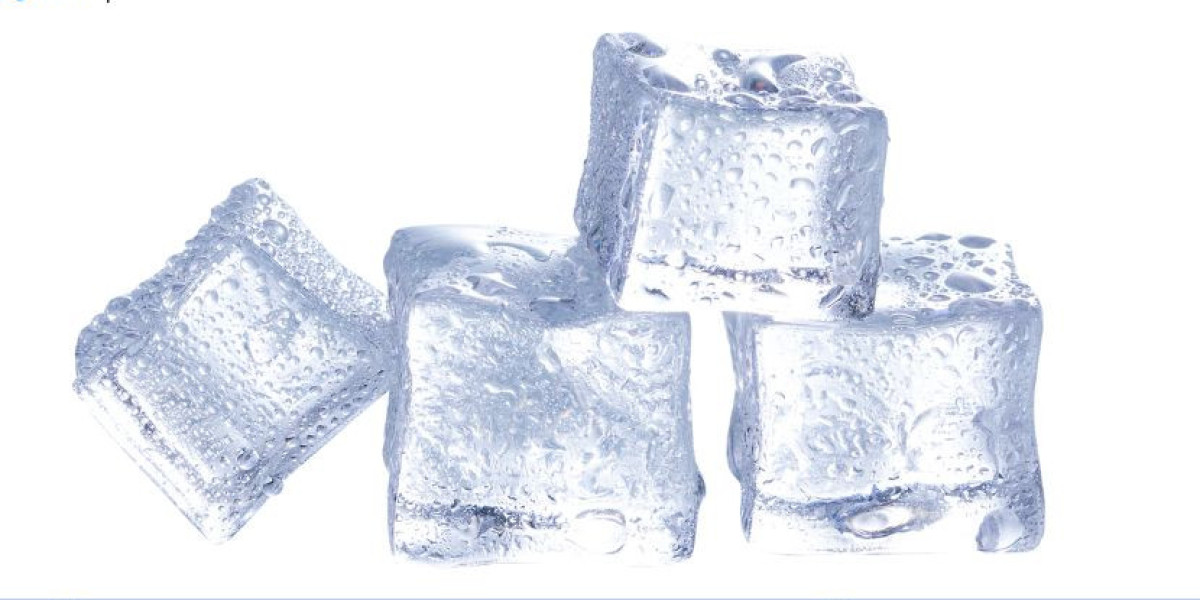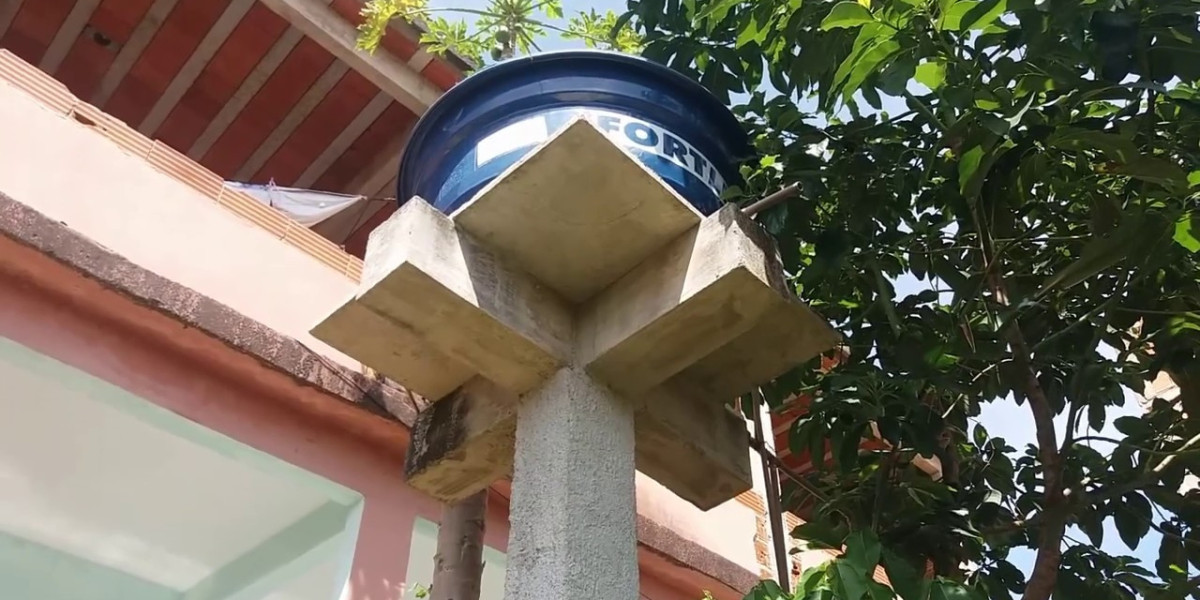Introduction
Ice manufacturing is a key part of the food and beverage, hospitality, and pharmaceutical industries. Ice is used in a wide range of applications, including food preservation, cold storage, and cooling in various industrial processes. Establishing an Ice Manufacturing Plant provides businesses with the opportunity to capitalize on the consistent demand for ice. The Ice Manufacturing Plant Project Report provides a comprehensive guide on the manufacturing process, market analysis, plant setup, investment requirements, and operational costs for launching an ice production facility.
Market Overview
The demand for ice continues to grow across various sectors. While traditionally used in food preservation, the consumption of ice has also expanded into industries such as pharmaceuticals, chemical processing, and even entertainment. The increasing urbanization, population growth, and rising temperatures due to climate change have contributed to a growing market for ice.
Key Drivers for the Ice Manufacturing Market:
Growing Demand from the Food and Beverage Industry: The food and beverage industry requires ice for cooling and preserving products, as well as for serving cold drinks in restaurants, bars, and cafés.
Rising Temperatures: In regions with hot climates, the demand for ice increases significantly, especially during summer months. The use of ice in cooling systems and air-conditioning units also drives the market.
Growth in Pharmaceutical and Medical Sectors: Ice is widely used in the medical and pharmaceutical industries for storing vaccines, medicines, and biological materials at low temperatures. As these industries expand, so does the need for ice.
Increase in Hospitality and Catering Services: The growth of hotels, resorts, and catering services worldwide contributes to the increasing demand for ice. Large-scale events and conferences also require a significant amount of ice.
Convenience and On-Demand Services: With the rise of convenience and on-demand services, ice is now delivered in large quantities to both residential and commercial clients.
Get a Free Sample Report with Table of Contents@
Types of Ice Produced in Manufacturing Plants
Ice manufacturing plants produce different types of ice, each serving specific purposes based on the intended application. The main types of ice produced include:
Block Ice: Large, solid blocks of ice that are commonly used for commercial and industrial purposes, including cooling large quantities of products and as a refrigerant in shipping and storage.
Crushed Ice: Ice that has been broken into small chunks or granules, typically used in bars, restaurants, and catering services to chill drinks or food.
Cube Ice: The most common form of ice produced, it comes in uniform cubes of various sizes. It is widely used in food service industries, bars, and homes.
Flake Ice: Small, flat pieces of ice that are typically used for displaying perishable goods, such as seafood and meat, at grocery stores and supermarkets. Flake ice is also used in industrial cooling processes.
Tube Ice: Hollow ice cylinders with a hole through the middle. It is mainly used in cooling beverages and is often preferred by the beverage industry for its uniform shape.
Manufacturing Process
The ice manufacturing process involves several key steps that transform raw water into ice of the desired size and shape. The plant needs to have robust refrigeration systems to ensure efficient ice production. Below is an overview of the general process for manufacturing ice:
1. Water Filtration and Purification
Before ice production begins, the water used must undergo a filtration and purification process to remove impurities and ensure that the ice is clean and safe for consumption. This typically involves:
- Pre-Filtration: The water is filtered to remove large particles, dirt, and debris.
- Softening: In areas with hard water, water softening processes are employed to reduce mineral content.
- Purification: Additional purification methods, such as reverse osmosis, may be used to remove microorganisms and other impurities.
2. Water Freezing
Once the water is purified, it is transferred to freezing chambers or molds. Depending on the type of ice being produced, the freezing method may vary:
- Block Ice: Large water tanks are used, and the water is frozen into large blocks.
- Cube and Tube Ice: Specialized freezing machines (e.g., vertical or horizontal ice makers) freeze the water into small cubes or tube-shaped ice.
- Flake Ice: The water is spread onto a cooling surface, where it freezes and is scraped off as thin flakes.
- Crushed Ice: Cube or block ice is crushed into small chunks, typically by ice crushers or machines designed for that purpose.
3. Harvesting and Storage
Once the ice has been frozen, it is harvested and removed from the freezing chamber. The ice is then stored in large insulated containers or storage bins to keep it frozen until it is ready for distribution. The storage area should maintain a temperature of -18°C or lower to prevent the ice from melting.
4. Packaging and Distribution
After harvesting, the ice is packaged and prepared for shipment. For block ice, this may involve wrapping the blocks in plastic or other protective materials. For cube or flake ice, it is often packed in plastic bags, which are then sealed and labeled with necessary information such as the production date and weight.
The ice is then ready for distribution to retailers, restaurants, and other customers. Distribution must be done under controlled temperatures to prevent the ice from melting during transportation.
Plant Layout and Design
The design of an Ice Manufacturing Plant should prioritize efficiency, temperature control, and safety. Below is an overview of the key areas that need to be considered when designing the plant:
1. Water Treatment and Filtration Area
This area is where water is treated to remove impurities. It should be equipped with filtration units, softeners, and purifiers to ensure that only high-quality water is used for ice production.
2. Ice Production Area
The ice production area is where the freezing machines or chambers are located. The layout should allow for optimal airflow, even temperature distribution, and easy access for maintenance.
3. Storage and Packaging Area
Once the ice is produced, it is transferred to the storage area. This area must be well-insulated and kept at freezing temperatures. The packaging area should be equipped with automatic packaging machines for bagging ice and labeling.
4. Distribution Area
This section of the plant should be designed for easy loading and transportation of packaged ice. Adequate space is needed to store packed ice before it is distributed to customers.
Regulatory Compliance and Safety Considerations
Operating an ice manufacturing plant requires adherence to various health, safety, and environmental regulations. Some key considerations include:
1. Food Safety Standards
Since ice is considered a food product, it must meet local food safety regulations, which include ensuring that the water used is safe and free of contaminants. The plant must comply with local food safety certifications such as HACCP (Hazard Analysis and Critical Control Points) and FDA (Food and Drug Administration) regulations.
2. Environmental Compliance
The plant must also comply with environmental regulations, including water use permits and waste disposal guidelines. Proper disposal of wastewater and other by-products should be part of the plant's operation.
3. Employee Safety
The plant should provide personal protective equipment (PPE) for workers, such as gloves, masks, and insulated clothing to protect against the cold environment. Safety protocols should be in place to prevent accidents during the ice production and handling process.
Investment and Financial Considerations
Establishing an Ice Manufacturing Plant requires significant capital investment. Below are the key financial considerations for setting up the plant:
1. Capital Expenditure (CAPEX)
- Land and Building Costs: Costs associated with purchasing or leasing land, constructing the plant, and installing utilities such as water, electricity, and refrigeration systems.
- Machinery and Equipment: Investment in ice-making machines, refrigeration units, filtration systems, packaging machines, and storage equipment.
- Construction and Facility Setup: Costs for setting up the production area, storage units, and cold storage facilities.
2. Operating Expenses (OPEX)
- Raw Materials: The main raw material is water, but filtration supplies and chemicals for water treatment will also be necessary.
- Labor Costs: Wages for factory workers, maintenance staff, and management personnel.
- Energy Costs: Energy consumption for running refrigeration units and other machinery.
- Maintenance: Ongoing costs for maintaining equipment and machinery.
3. Revenue Generation
Revenue will be generated from the sale of ice to various industries, including restaurants, bars, catering services, and supermarkets. The ability to scale production to meet seasonal demand and ensure consistent product quality will enhance profitability.
Media Contact
Company Name: Claight Corporation
Contact Person: Lewis Fernandas, Corporate Sales Specialist — U.S.A.
Email: sales@expertmarketresearch.com
Toll Free Number: +1–415–325–5166 | +44–702–402–5790
Address: 30 North Gould Street, Sheridan, WY 82801, USA
Website: www.expertmarketresearch.com
Aus Site: https://www.expertmarketresearch.com.au








